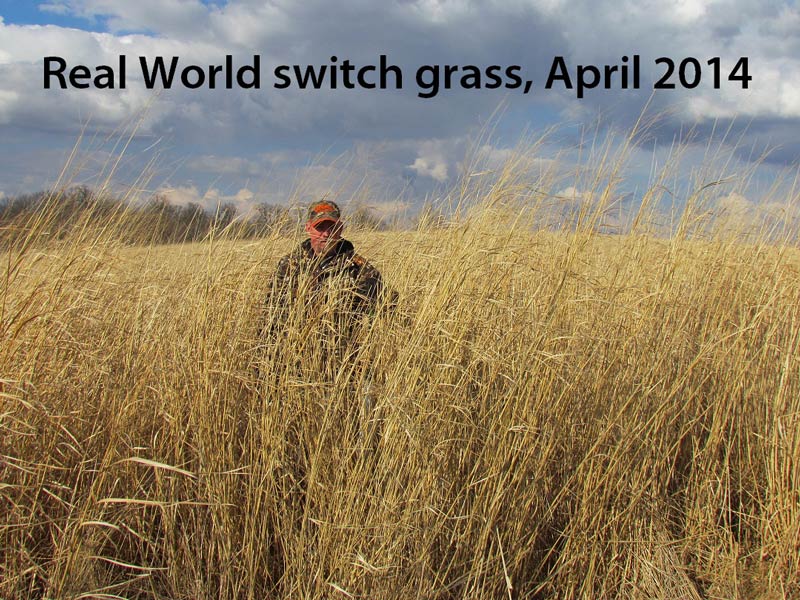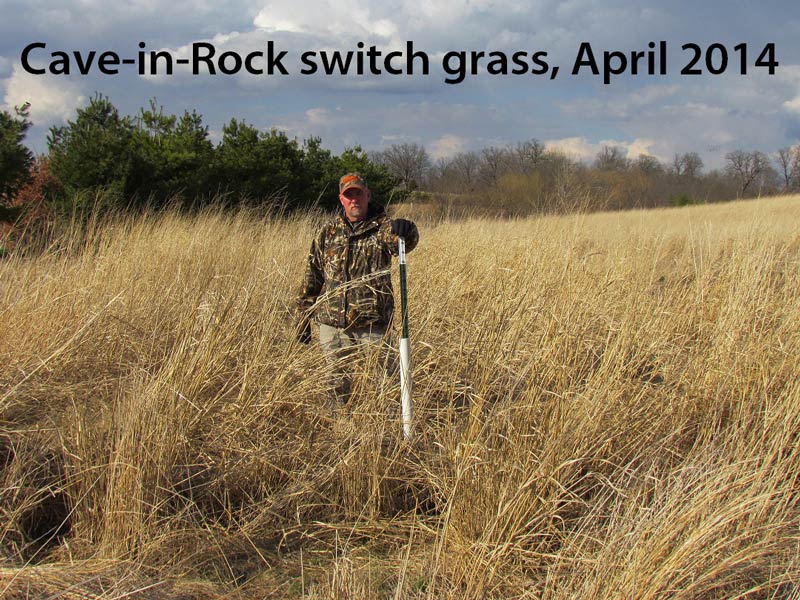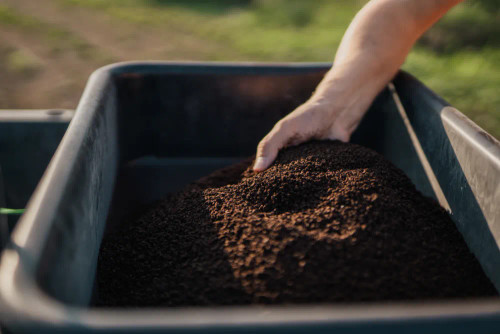Product Description
Real World Switchgrass 10 lbs = 2-3 Acres
Also Available In Larger 50lb Bags = 10-15 Acres
The Real World Switchgrass is the same switch grass that we use in our Bedding-In-A-Bag. In our side by side tests this switch grass stood better than any other variety we tested including the popular Cave-In-Rock variety. Our Real World Wildlife Switchgrass will get 7’-8’ tall. Don’t take our word for it, Dare to Compare!


These 2 photos show the difference between Real World switchgrass and the popular Cave-in-Rock variety of switchgrass. There is no “trick photography” here; these photos were taken the same day just a few feet apart in side-by-side test-plots. Note that these photos were taken in early spring after the grasses had been through the entire winter. Clearly the Real World switchgrass has better standability and offers better bedding cover for wildlife.
Planting straight switch grass instead of “Bedding in a Bag” is the best option on wetter sites such as creek or river bottoms where other grasses do not do as well. Many of our customers also use Real World switch grass to create screening cover along food plots or access routes to their stands.
Note – When planting warm-season native grasses for bedding cover always remember that bigger is better when it comes to plot size. Deer are much more likely to bed in bigger plots of these grasses than smaller ones. On our own properties we never plant plots of these grasses smaller than 5 acres.
Switchgrass Planting Instructions
Please read these instructions completely before starting your switchgrass planting project! It could save you a lot of time, money and disappointment.
Ground Preparation – Your planting site should be free of any growing or established plants. Frost-seeding or no-till drilling can be done with no ground prep on sites free of other live vegetation, particularly cool season grasses which will out-compete switchgrass and hinder its establishment. Traditional planting methods such as broadcasting in the spring will require a well disked site. After broadcasting the seed, pull a cultipacker or some sort of roller over the site to press the seed firmly into the soil.
Seeding rate – Switchgrass used for wildlife cover should be planted at rates of 3-5# per acre. Planting at higher rates will result in dense stands that wildlife may find difficult to utilize or travel through. Higher seeding rates can also result in the grasses being stunted and not growing as tall.
Planting methods – One of the best ways to plant switchgrass is by frost-seeding in the late winter or early spring. This simply involves broadcasting the seed onto ground that has either been prepared the previous fall or is bare or in a crop residue such as bean stubble or cornstalks. When frost-seeding it is important that the site be totally free of established grasses.If frost-seeding is not possible, switchgrass can also be planted into freshly prepared soil by broadcasting and then either culti-packing or lightly dragging. The seed should be no more than ½” deep. Switchgrass seed can also be ran through any conventional or no-till drill that is suitable for clover or alfalfa seed.
Herbicide – If your planting site has weeds growing on it, spray with a combination of glyphosate and atrazine at recommended rates. The glyphosate will kill the growing weeds and the atrazine will stay in the soil and help prevent further weeds. Switchgrass seed is tolerant of atrazine. Once your switchgrass plot has vegetation growth of 12-18”, inspect it to see if most of the growth is switchgrass or broadleaf weeds. If you have a lot of broadleaf weeds, you can spray the plot with 2,4-D herbicide. This will kill the broadleaf weeds without harming the grass.
Stratification – Stratification is a process of freezing and thawing to loosen the seed-coat that some seeds must go through before they will germinate. Switchgrass is one of those seeds. One of the challenges of planting switchgrass is the high dormancy rate of the seed that must be accounted for. Real World Switchgrass seeds are very hard and to break the dormancy requires a good dose of cold, wet weather to help soften them up a bit which helps to open the seedcoat. This stratification process is best left up to mother nature to perform. Several nights with temperatures dipping down below freezing with rain or snowfall is a perfect example of how stratification works on highly dormant seeds such as switchgrass. Frost-seeding generally results in good stratification which results in good germination. Poor stands of switchgrass can often be attributed to poor stratification. Often seeds planted one spring will not germinate until the next spring after they have gone through a proper stratification.
Be Patient! All warm-season native grasses can be slow to establish. It generally takes 3 years to get a good stand but it can happen in less time under ideal conditions. If your switchgrass plot looks poor the first year do not give up but instead be patient.
Product Videos
Videos Hide Videos Show Videos
Custom Field
Product Reviews
3 Reviews Hide Reviews Show Reviews
-
Real World Switchgrass
When I went to prepare and plant this seed I Did everything exactly like the instructions said and it turned out great. Couldn't be happier. It takes time to grow so patience is the key
-
Real World Switchgrass
Does exactly what they say it does if you follow the instructions with the herbicides. Very pleased after 2 years
-
Real World Switchgrass
Planting this spring and was super dry. Thought that it was going to be a waste of time. Then it finally rained a few times and and it took off a grew great. can't wait for the second year
















